R is for a Reggio Inspired Approach. Let’s take a minute to chat about what is a good classroom environment and what isn’t. How can you achieve it, and whether you are ever truly Reggio?
The Reggio approach states that the environment is just as important as the students and the teacher in a learning space. Basically, the third teacher for young students. None of us can truly be Reggio-based classrooms. Since the only way for that to work is to be in Reggio Emilia, Italy). However, we can be Reggio-inspired. And bring the components of your local community, classroom environment, and learning space into the mix.
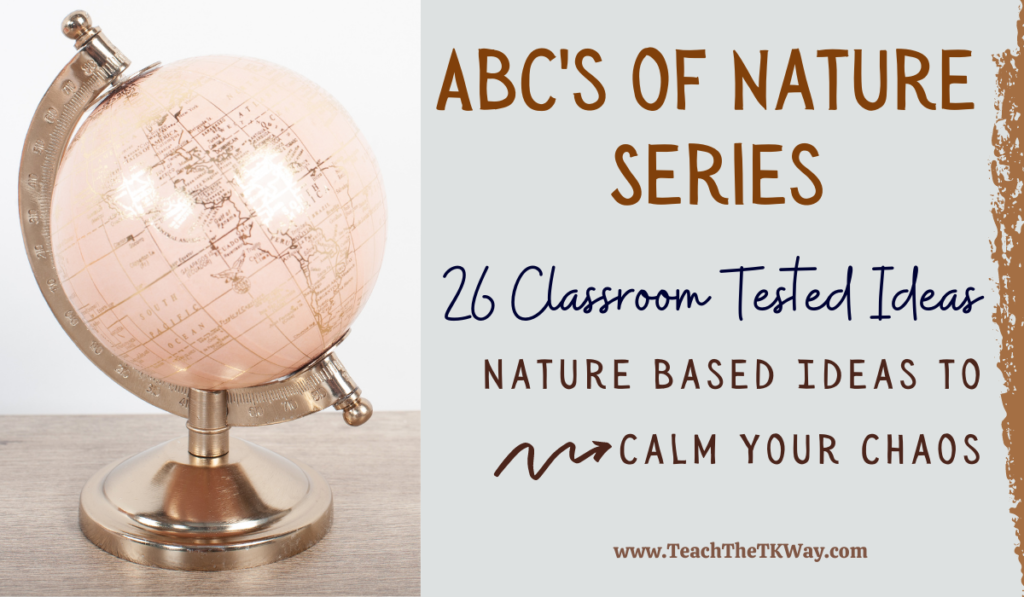
S is for standards– unpacking the standards specific to your program. Standards-based, traditional programs, play-based and nature-based education very rarely go hand in hand. I am here to say it’s time to break down those barriers. This isn’t all or nothing. You can still have standards and objectives that must be met and believe in play-based education. If you are required to complete formal assessments, and your students have report cards, a child-led environment is still possible. Stick with me and I’ll show you how!
What is a good classroom environment for young children?
T is for the third teacher So which is better? Bright and cheerful hues, or subdued neutrals? This is such a hot topic in the education realm and really comes down to personal choice. Do you feel relaxed and comfortable with bright cheery tones or more natural elements? Are your student performing at their best in one environment over the other?
I have found many children struggle with productivity, calm, and unwanted behaviors when they are overly stimulated. The bright colors and walls covered in every inch with something to look at, add to that visual overwhelm, and cognitive fatigue. If you are still unsure how this all applies to you you can take the Natural Classroom Teacher quiz and find where your strengths and passions collide.
The teacher’s role in the learning space should be that of facilitator. Where they allow learning to unfold and then find concrete ways to scaffold children’s interests with standards and objectives.
U is for the UGLY factor. Outdoor classrooms aren’t always pretty, intentional learning environments aren’t always Pinterest perfect on the first day of school. And matching containers, chairs, tables, and baskets do NOT make the learning happen any faster. In an “ugly classroom” the children are still learning. They still know their teacher loves them. They still feel a connection because the educator has taken the time to really encompass a natural classroom space, complete with community inclusion.
Teachers are able to address standards and objectives outside the 4 walls of a traditional classroom. From literacy and math to social skills, gardening, and more. We should never let the UGLY factor stop us from creating beauty in the learning.
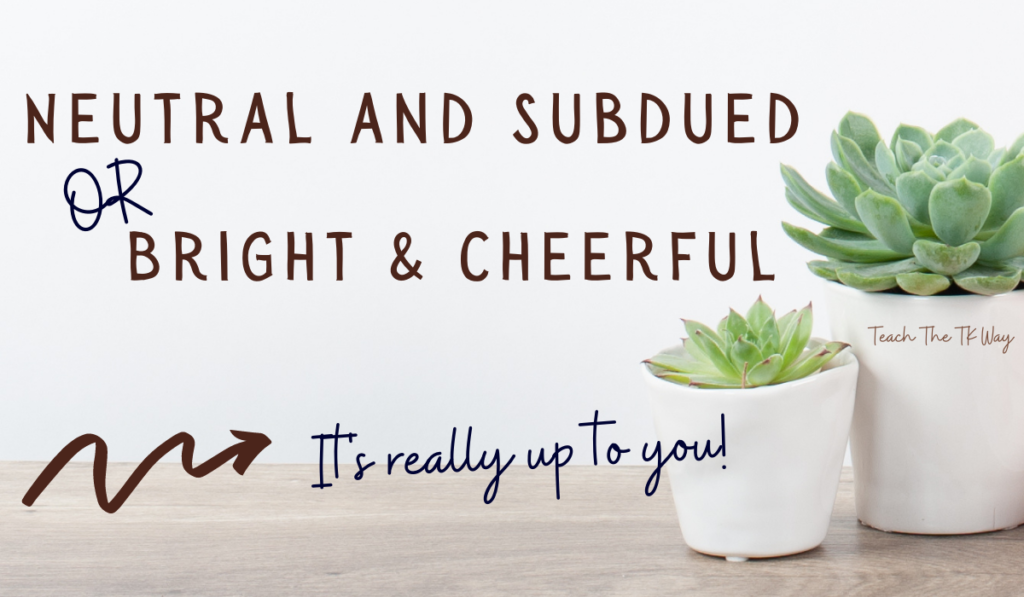
V is for variety of materials to incorporate standards. In the early year’s classrooms, we like to call them provocations. Ways to provoke learning. From local community flare of seashells, sticks, wire, and technology materials. To fun and exciting student-led themes like space, dinosaurs, and oceans. Following the students, lead should be a key in designing curriculum plans.
W is for Waldorf ideas and techniques. When we think about becoming a natural classroom specialist it really is about including a few of the top key philosophies and then making it our own. Waldorf education, Charlotte Mason techniques, a Reggio approach, and even Montessori methods are appropriate for youg children. The depth at which you delve into any one platform really depends on the students and the current year.
One class might benefit from a Charlotte Mason approach where you spend your days outside journaling what you see. And another group of students may connect with a Waldorf approach where you have more rhythm to your day. Versus a strict schedule of transitions and timed sections.
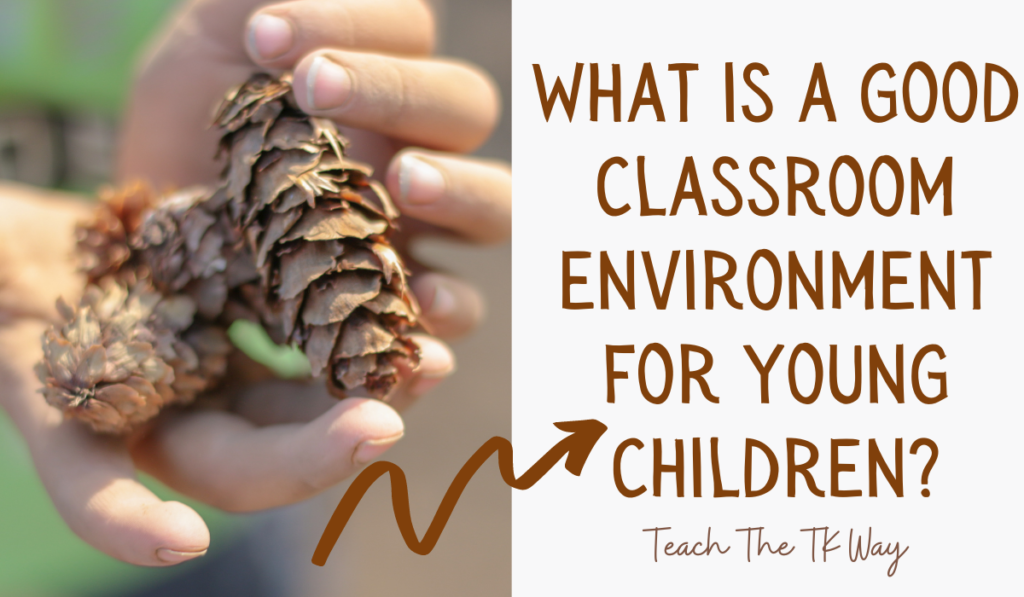
X is for eXperiments, you know, science and STEM in the classroom. Yes, I had to get creative here. Anyone who teaches children knows that X is our nemesis when it comes to conventional language. From trying to teach students it’s at the end of a word like fox and box. Or if it makes a Z sound like in Xylophone. So I went the creative route and want to chat eXperiments! Science in the early years is so fun since young children are learning about the world around them.
Our Science the TK Way curriculum is hands-on all the way! From the unit studies integrating science throughout the curriculum, covering standards such as subitizing, CVC words, 2 and 3-dimensional shapes, writing practice and so much more, this curriculum strives to make learning (and teaching) fun!
Natural Classroom Resources and Activities to Bring the Local Community In.
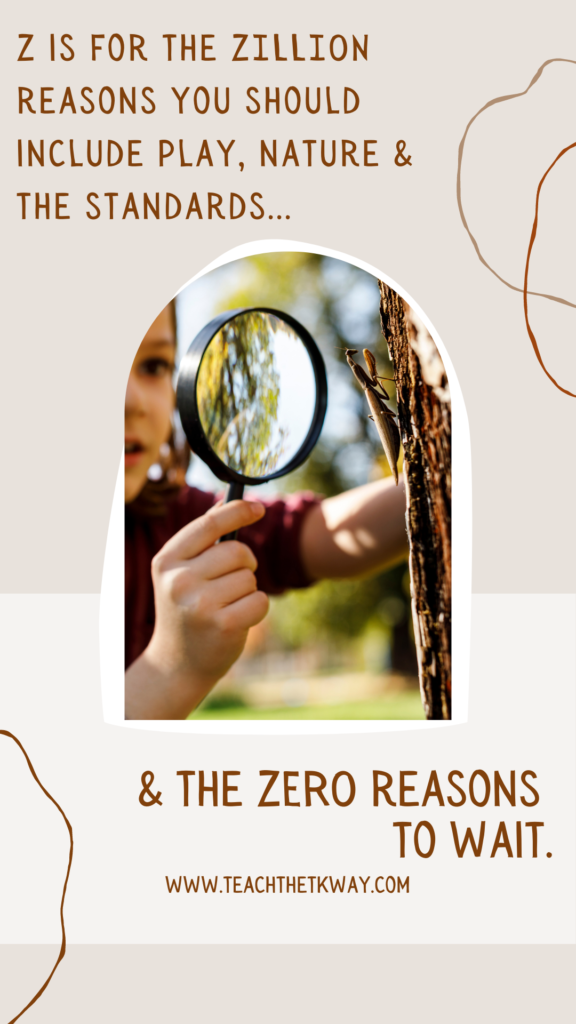
Y is for Yosemite and other local attractions. As you design your classroom environment think about where you are in the world. What local attractions could help you learn more about your community and the students in your space? We are close to Yosemite and that lends itself to learning even more about rocks and minerals. Plus the faultlines that helped to create the mountain ranges we live in.
Z is for the ZILLION reasons you should include play, nature and the standards, and the ZERO reasons to wait.
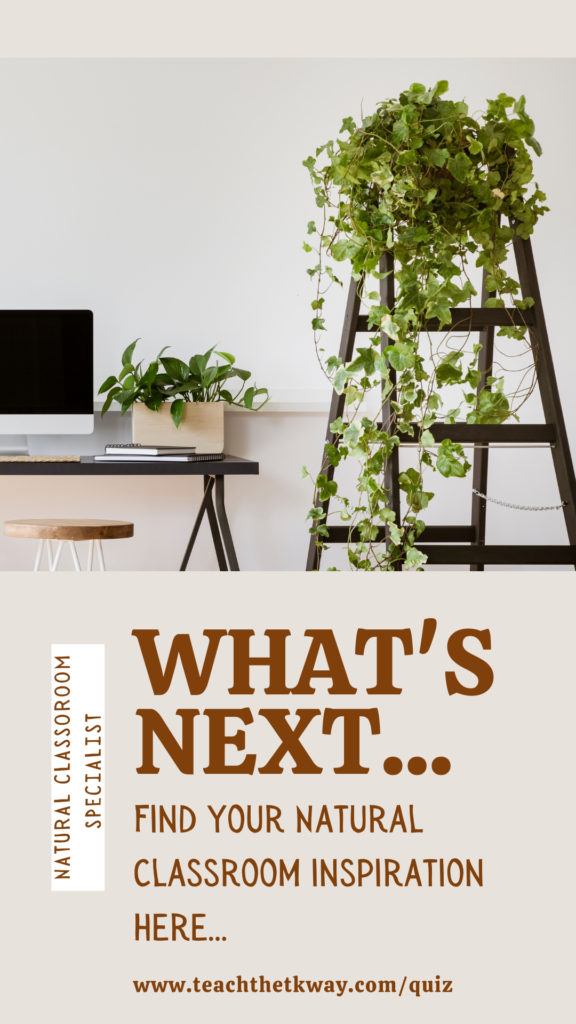



One Response